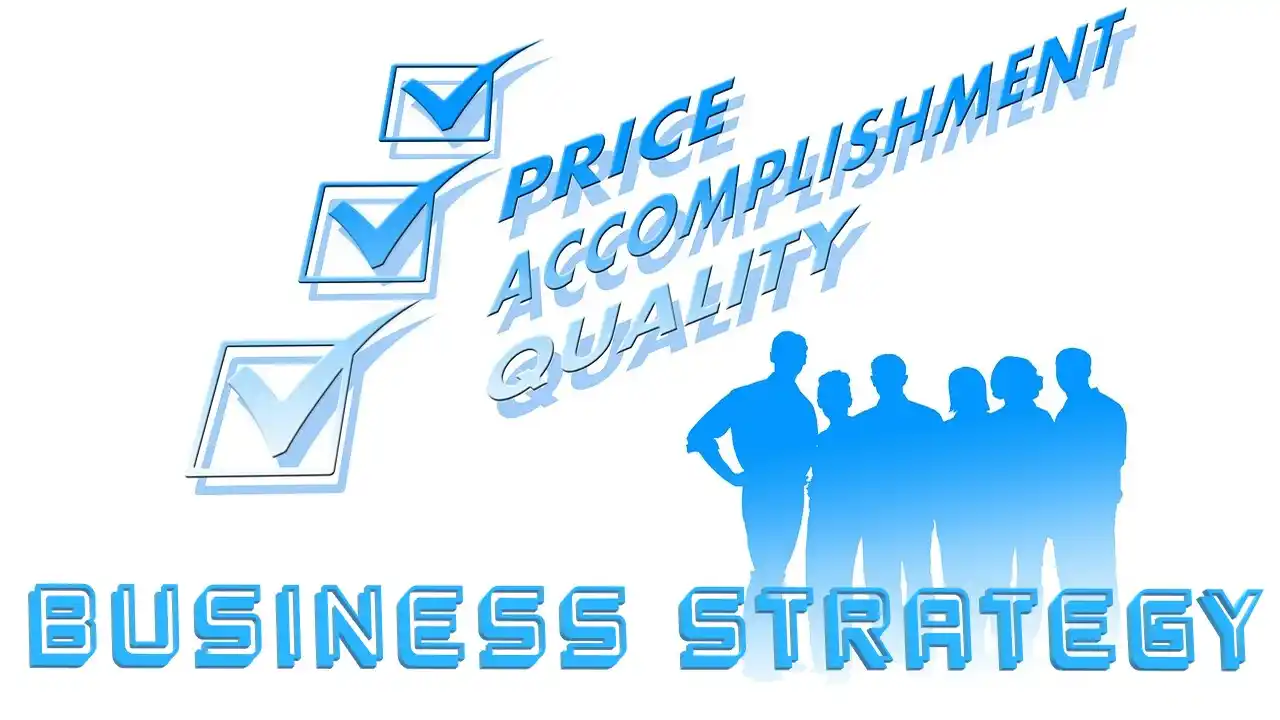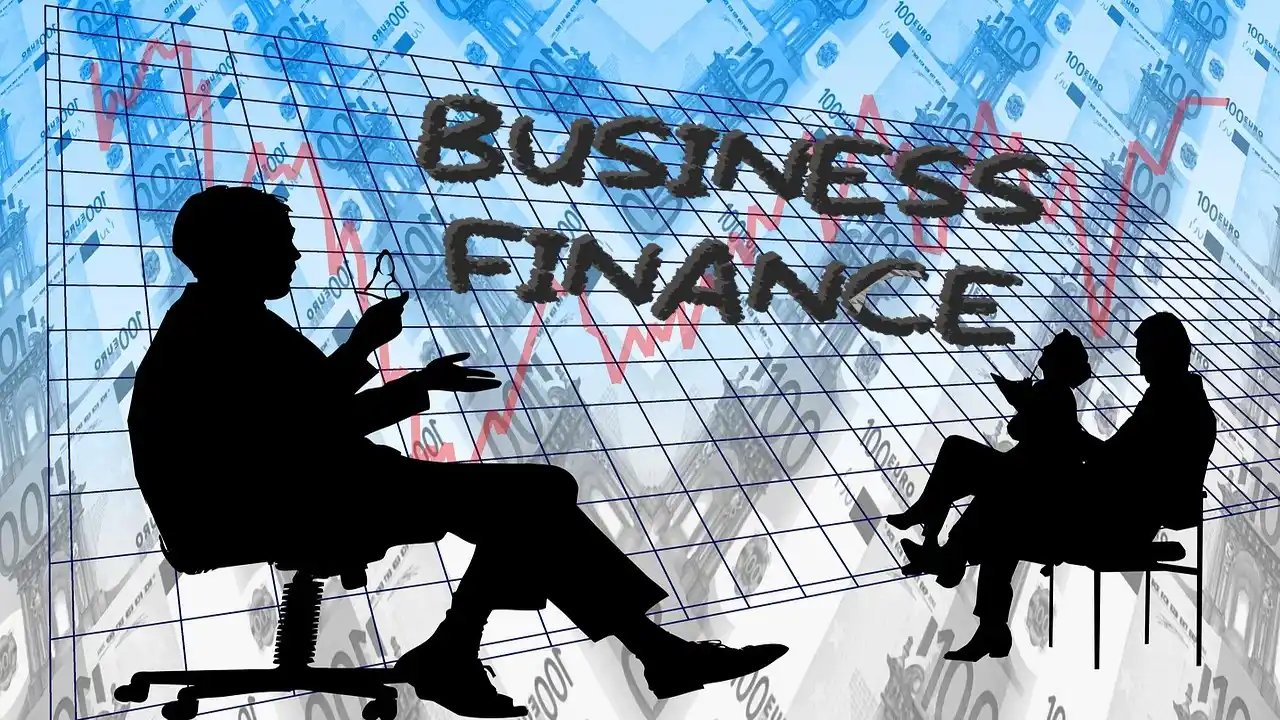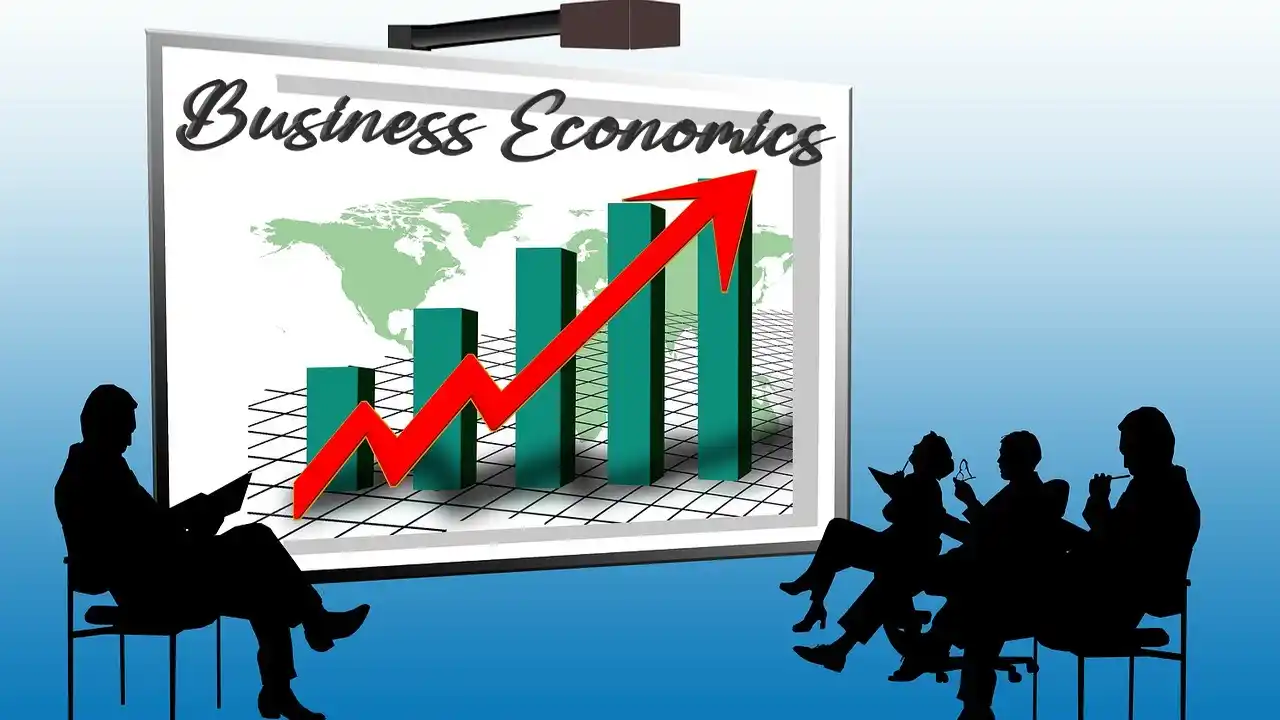This requires a strategy to direct the actions of managers and optimize the use of resources so that crucial objectives can be attained. It is also known as a business strategy, and it is the general plan that the company’s top leaders employ to keep the business operating smoothly, attract and retain customers, and achieve the company’s objectives. It provides an overview of how you want your business to be perceived and where you want it to go. Continue reading to become an expert on business strategy and learn everything you should know about it.
A business strategy is a combination of proactive and reactive measures taken by management to enhance the company’s market position and overall performance, as well as reactions to unanticipated events and shifting market conditions. When the market takes an unanticipated turn, the business must have a plan to adapt. The company’s current strategy stems mostly from its past actions and business practices. Companies must account for the unexpected in their plans as a result.
Meaning of Business Strategy
Even though it’s easy to state, this is what truly distinguishes great companies. A company’s strategy consists of all the actions and decisions it makes to achieve its long-term objectives. Successful business leaders understand the significance of a business plan and how to implement it. In reality, the success or failure of a business depends on its strategy, and if that strategy fails, the business may change course. In this article, we will discuss about business strategy in brief with examples for your better understanding.
A company’s business plan outlines the steps it will take to enhance its market position, achieve its short- and long-term objectives, and develop over time. Other valuable company assets, such as the organization’s mission, vision, and guiding principles, are used to guide future actions and guarantee success. A business strategy serves as the foundation for a company’s other vital strategies, such as functional operational strategies.
It also describes how the company intends to achieve its objectives for employees, investors, and other stakeholders. Keeping a competitive advantage in the market is an additional essential objective of any business plan, whether it’s for a small business, a medium-sized business, or a multinational corporation. Its purpose is to assist a company in setting objectives and allocating its resources.
Business Strategy Examples
Some businesses attempt to increase profits by supplying additional products to their current clientele. Cross-selling is advantageous for office supply retailers, institutions, and e-commerce sites. You can increase your average order value by selling more to each customer. A slight increase in average order value can boost profits without raising the cost of acquiring new customers.
Many companies, particularly in the technology and automobile industries, strive to distinguish themselves by creating the most innovative services and products. To effectively implement this strategy, you must first determine what “innovative” means for your organization.
What is the Process of Business Strategy?
The principles outlined in a company’s business plan guide numerous organizational decisions, such as the hiring of new employees and the creation of new products. In addition, it helps you determine which methods and approaches to implement in your business.
A crucial component of the company’s expansion strategy is its market positioning. It increases output, reduces prices, and reduces uncertainty. Additionally, they ensure the company meets its mission and objectives.
Business Strategy Risk
Business strategic risk refers to the internal and external factors that make it difficult for a group to achieve its objectives and aims. In the long term, such dangers can be extremely damaging to businesses. Given the significance of strategic risk, we’ve compiled this guide to help you understand the fundamentals. It includes definitions, examples, and a discussion of how organizations manage strategic risk.
Economic Risk
Economic risk is the possibility that a change in the economic or legal environment in which a company operates could be detrimental to its operations. For instance, a change in consumer behavior could be the result of high inflation or a reduction in government entry barriers. Both of these could attract a substantial number of new customers to the market.
As a child, Richard attempted to establish a Christmas tree farm, but the seeds were devoured by rabbits. Even a well-thought-out plan can fail, according to Richard, if you do not pay close attention to your finances. We may laugh at ourselves or kick ourselves, but we will undoubtedly laugh it off and move on.
Regulatory Risk
In the business world, regulations are continuously updated and new ones added. This is a risk because failing to comply with new regulations can have a significant impact on how a business operates and necessitate the purchase and installation of costly equipment.
Competitive Risk
Competitive risk is the possibility of falling behind the competition due to inferior products or concepts. To protect Virgin Records from competition, Richard created global corporations for every aspect of the music industry, from studios to venues. We could start a business strategy selling records by mail because, as Richard explains, “they need mail-order companies to send the records to people.” We started a publishing company to offer musicians all the services to distribute their compositions. Those who played rock music would never return after hearing this.
Change Risk
There will always be unknowns when launching new products or initiatives or reorganizing an organization. It requires courage to introduce something completely novel. Sir Richard Branson, the founder of Virgin Atlantic, gained his start in business by publishing Student Magazine, a publication for students. He started the enterprise, which he ran out of his dorm room, with his own funds. Richard asks, “How do you start a magazine without money?” “I used to work out of the school phone booth.
Back then, all you had to do to reach Coca-Cola, Pepsi, the National Westminster Bank, or Barclays Bank was pick up the phone, dial the number, and drop a few coins in the slot.” I’d tell them that the only way to reach students is through this journal, which will have a monthly circulation of 100,000 copies. I envisioned the journal after months of pitching ideas in a phone booth.
FAQ
Which Business Approach is the most Effective?
Changing and enhancing your business practices is the most dependable approach to increase sales and market share. To be successful, you must be able to adapt your strategy to the changing needs of your consumers.
Who Stands to Gain from a Company Strategy?
A company can discover every bit of information regarding its clients and rivals if the right strategy is in place. This method of conducting business has resulted in increased revenue, more accurate forecasts of future demand, speedier responses than competitors, and a stronger brand.
What Factors have an Impact on a Company Strategy?
The role of the strategist is to ensure that ideas, opportunities, and talents are utilized optimally. All of your money-related division must complete this task.
Final Words
The business strategy of a company is a list of the measures it will take to achieve its objectives. A business plan outlines the steps a company must follow to achieve its objectives. This can assist with hiring and resource allocation decisions. This article discusses in detail business strategy. If you’re curious about business economics, click here to read more.






